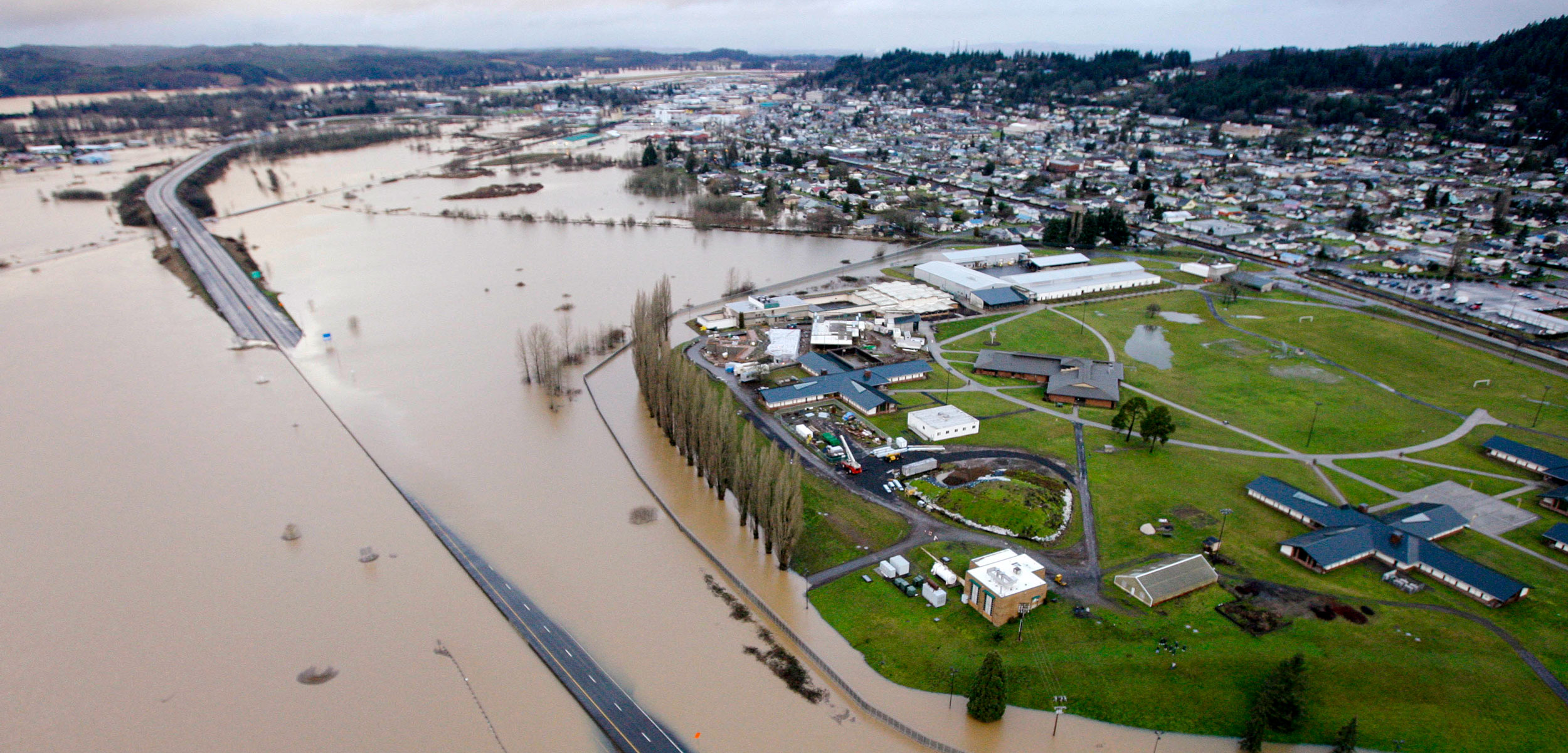To Dam or Not to Dam
As dams are being torn down across the United States, Washington is floating a plan to dam one of the state’s greatest rivers.
Article body copy
For the past two decades, dams have been falling across the United States in a bid to reverse a legacy of destruction of fish and their habitat. American Rivers, a nonprofit advocacy organization, estimates that 1,200 dams were dismantled nationwide from 1999 to 2019, including major dams on the Elwha and White Salmon Rivers in Washington State.
But in southwestern Washington, a local flood control district is going against the flow by proposing a major new dam on the Chehalis River. At close to 200 kilometers long, the free-flowing Chehalis River drains 7,000 square kilometers before emptying into Grays Harbor on the Pacific Ocean. The Chehalis is a critical salmon stream and the largest river system fully contained within the state’s boundaries.
The proposed concrete dam, measuring 472 meters long and 82 meters tall, will be located in Lewis County, in the upper reaches of the watershed. Construction could begin as soon as 2025 and last seven years at a cost currently estimated at more than US $600-million, although critics suggest it could swell to $1-billion.
Dams typically employ reservoirs for hydroelectric production or irrigation, but this one would allow the river to continue flowing and would only hold it back during extreme flood events. These are expected to worsen in coming years because of climate change.
A May 2019 report by the dam’s proponent, the Chehalis River Basin Flood Control Zone District, noted that the three worst floods on record occurred in the past 25 years. The largest, in 2007, closed Interstate 5, the main artery between Seattle, Washington, and Portland, Oregon, for four days. Flooding caused more than $900-million in damages, including to a regional airport and to homes, businesses, and farms, with the loss of 1,600 commercial livestock.
Jay Gordon, a sixth-generation farmer from Elma, on the lower river, says he has suffered five significant floods since 1990. The overflowing water damaged buildings, eroded soil, and required rebuilding of fences. In 2007, “because we heard the collective ‘oh shit’ from the upper basin, we were able to get our machinery out and move our cows to higher ground,” he says.
Gordon also sits on the Chehalis River Basin Flood Authority, a body that seeks to reduce flooding while improving fish and wildlife habitat throughout the watershed. He supports the dam proposal: “We’ve looked under rocks and behind doors and explored every possible alternative, and the dam keeps coming up as the one way to really reduce the flooding.”
Under normal conditions, the dam design allows for fish to swim upstream and downstream through tunnels built into the infrastructure. During a major flood, the river would be held back, creating a reservoir extending for up to about 10 kilometers. Workers would trap fish and haul them around the dam and then release them on the other side. With modifications to the dam, the reservoir could double in size.
“This is a facility unlike any other we’ve seen in the US,” says Erik Martin, administrator for the flood control district. “It mitigates for flood damage once every few years when we have a major event, but most of the time the river is in its natural state.”
While the dam is meant to reduce flooding, especially around the cities of Chehalis and Centralia, it would “neither protect communities from all flooding, nor would it be designed to stop regular annual flooding from the Chehalis River,” the flood control district reports.
Measures to protect people and property from flooding can be harmful to fish.
In February 2020, the Washington State Department of Ecology released a draft environmental impact statement warning the project could have “significant and unavoidable” adverse environmental impacts.
The department is concerned that the dam would degrade habitat, reduce fish passage and peak channel flows, increase water temperatures, decrease dissolved oxygen, and diminish concentrations of large woody debris, which creates pools and cover for fish.
The Quinault Indian Nation issued a statement in May 2020 saying it supports the Department of Ecology’s concerns about the dam’s potential environmental impacts, but feels the agency did not go far enough.
The nation fears the dam could also affect groundwater, and that the dam’s construction and operation could increase the potential for landslides that would harm salmon. It believes that future major floods may exceed modeling estimates due to climate change.
“Because of these overwhelming shortcomings, the only reasonable and legally justifiable next step for the state is to deny the proposed project,” the nation concludes.
The outcome may hinge on a pending mitigation report from the flood control district.
The Chehalis dam would need to avoid the same pitfalls that have made other dams targets for removal. In this modern age, Gordon says, that requires a net improvement in fish habitat. “That’s the grand challenge we’re facing.”

